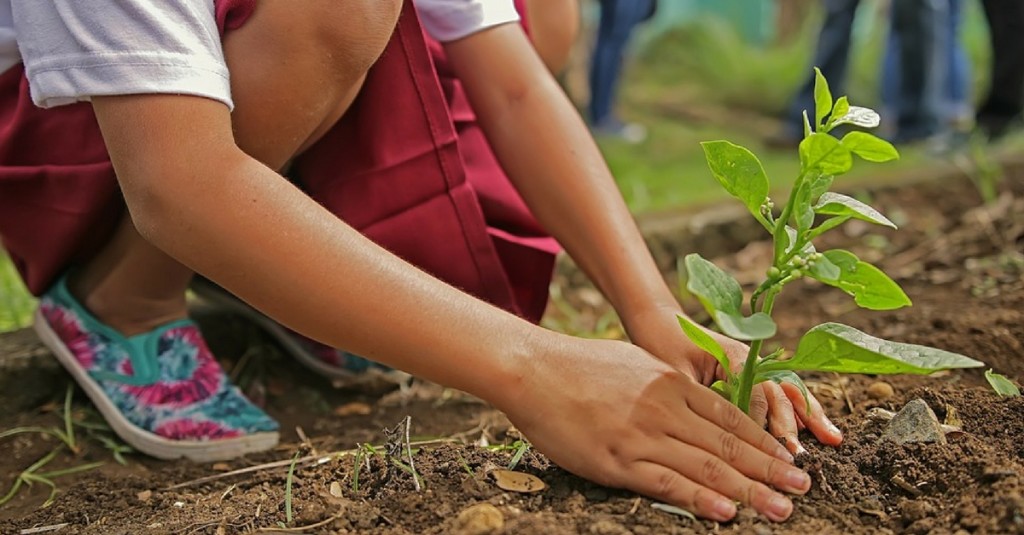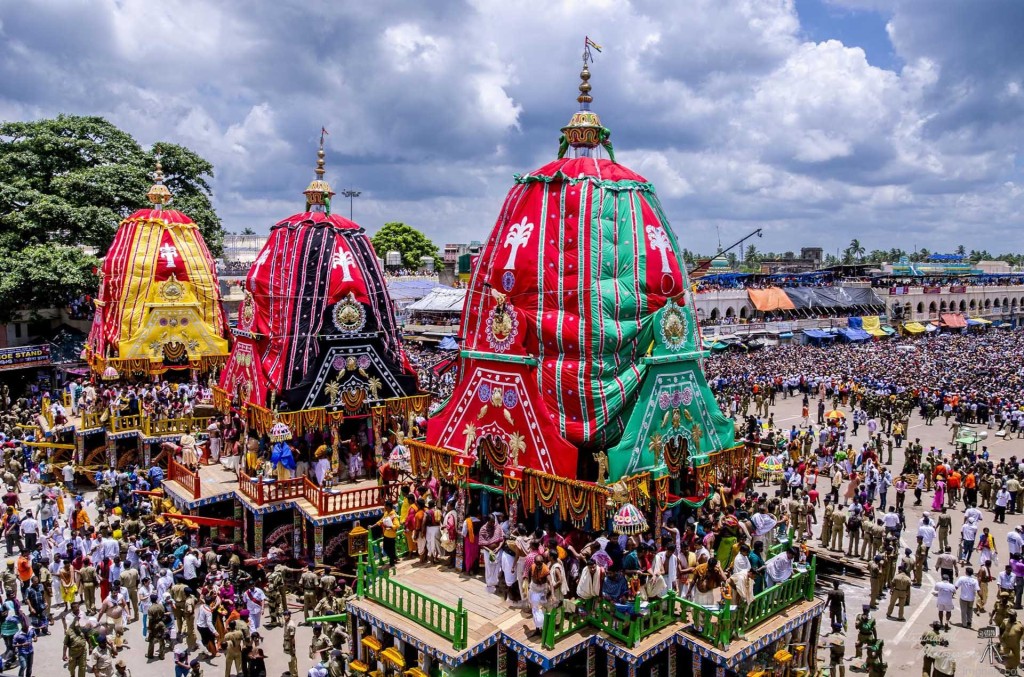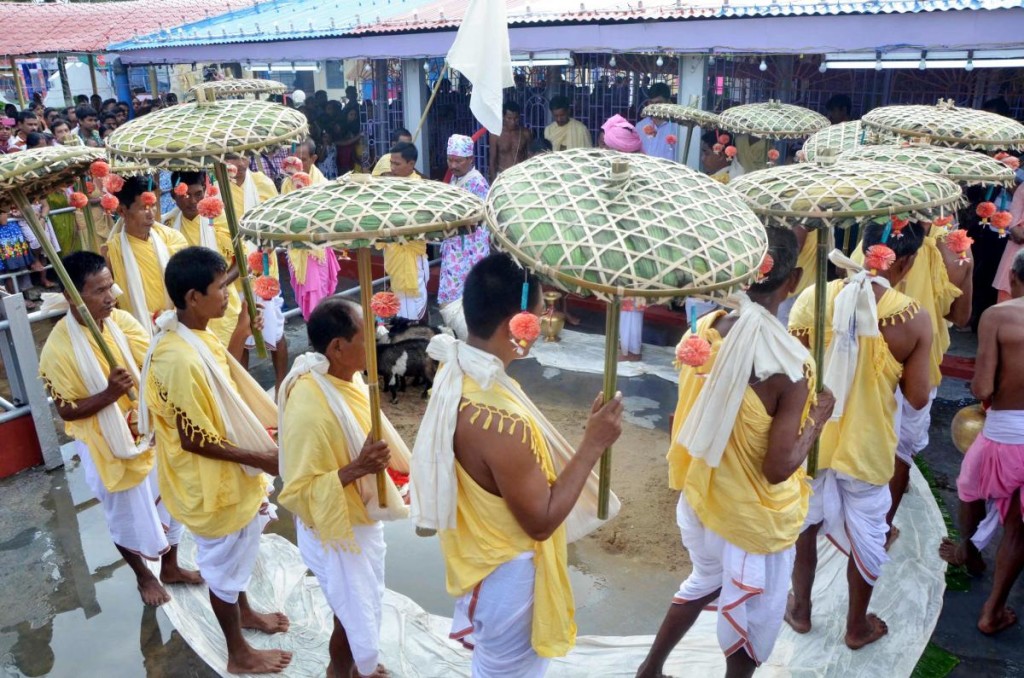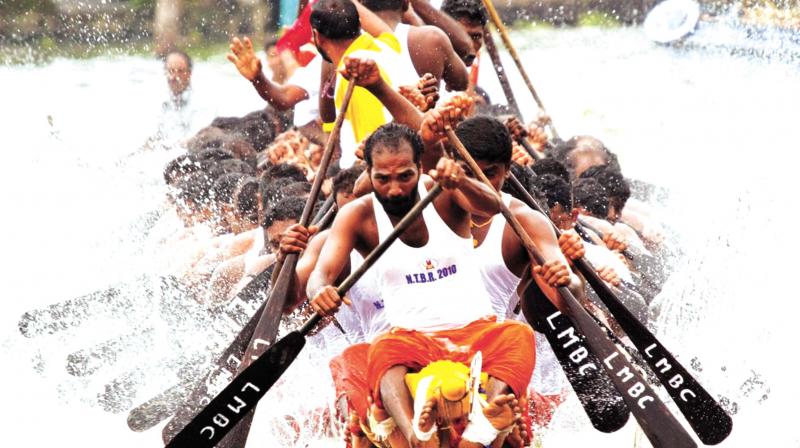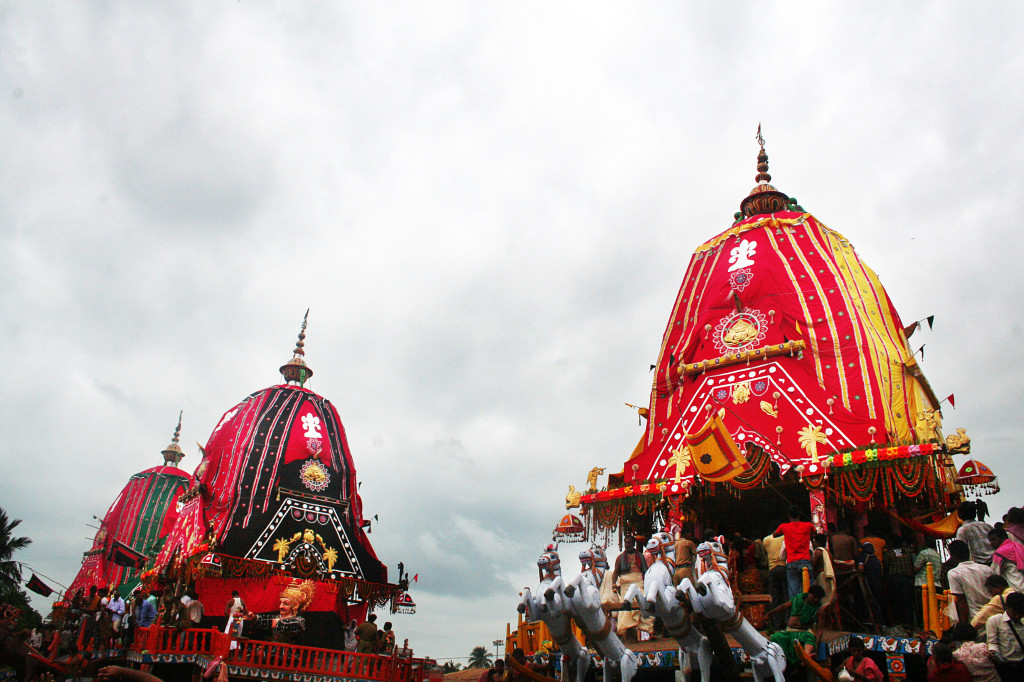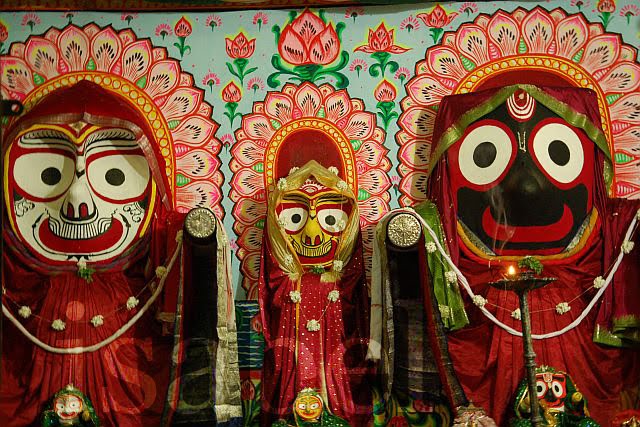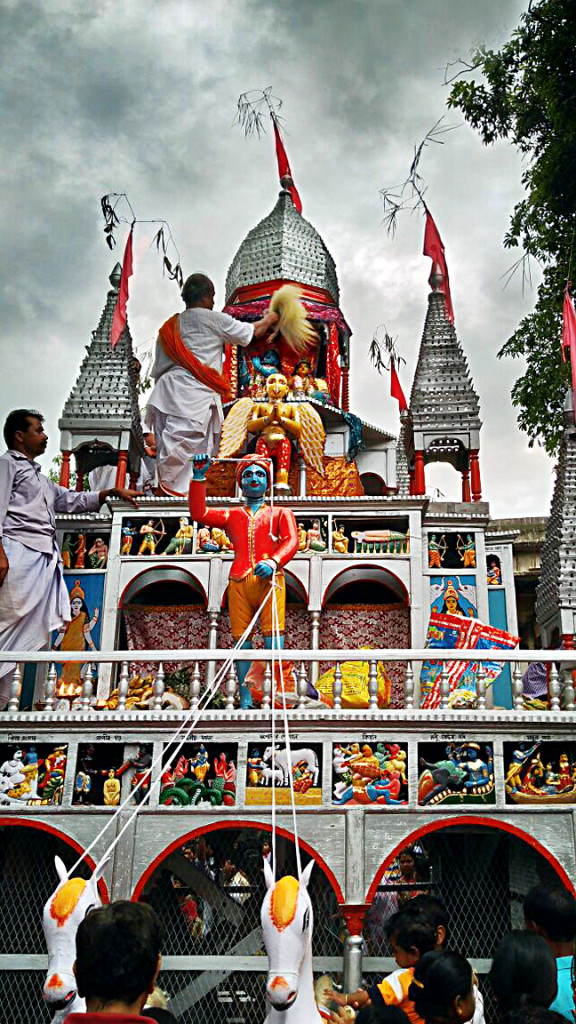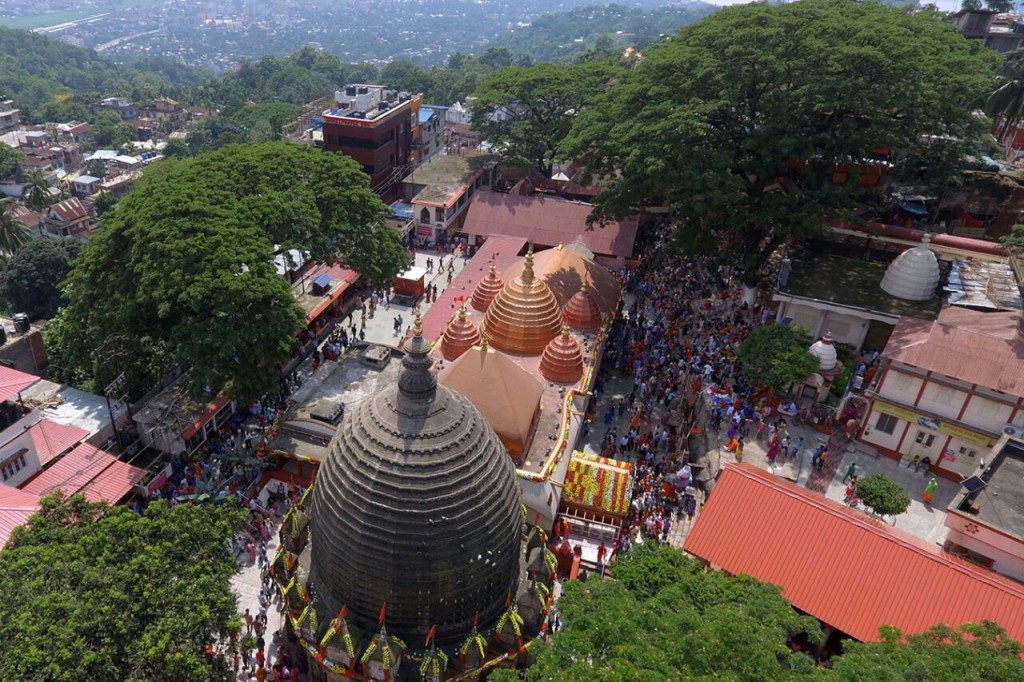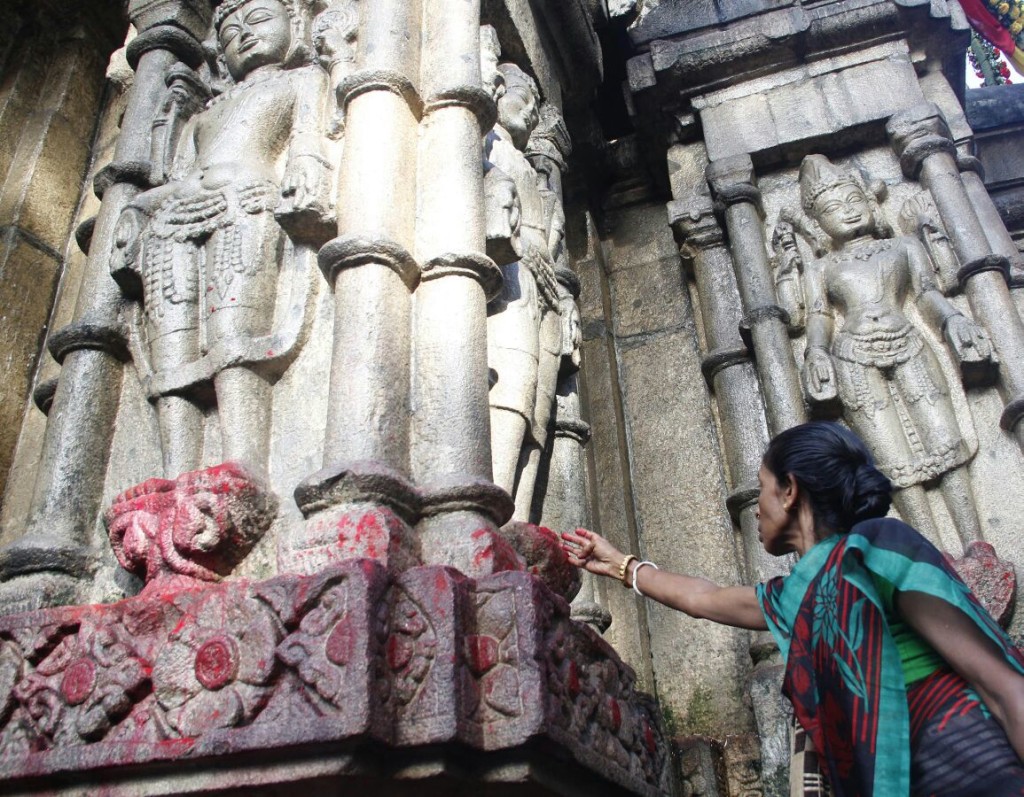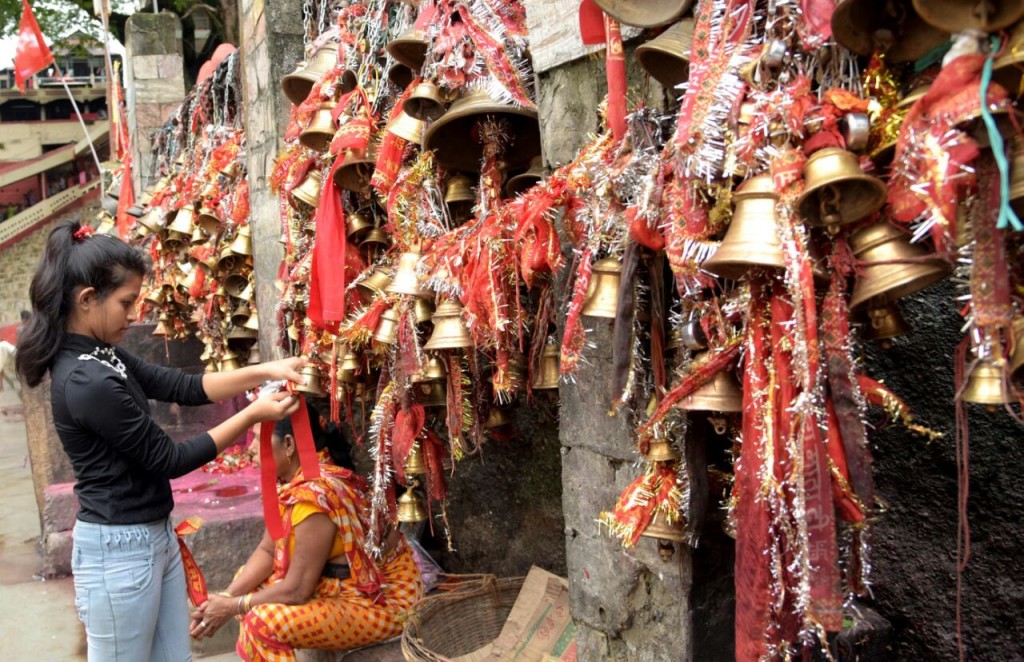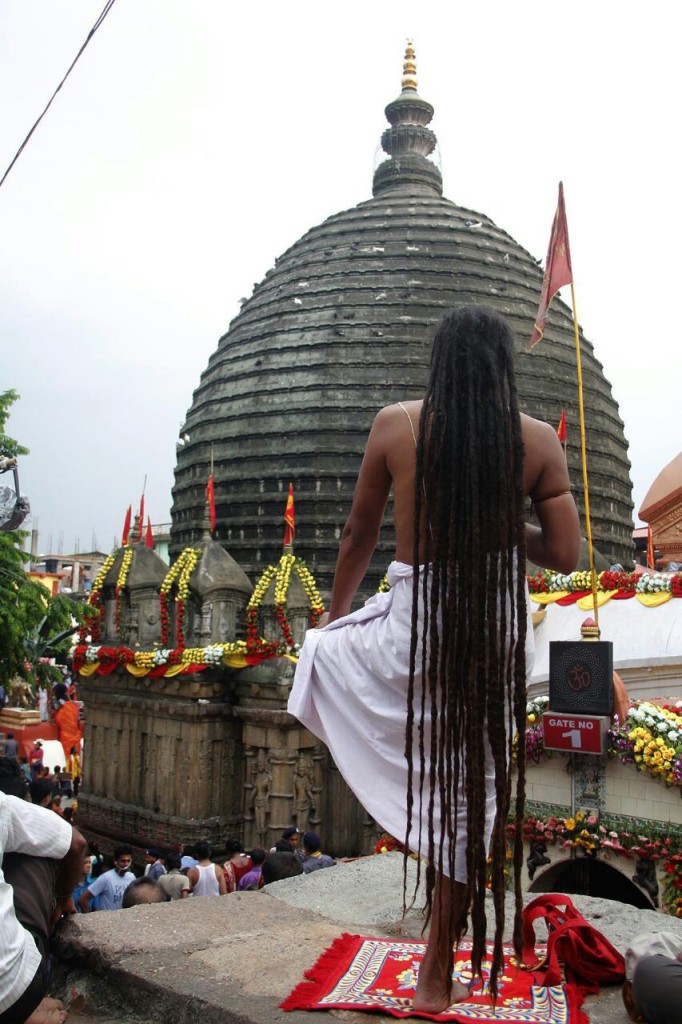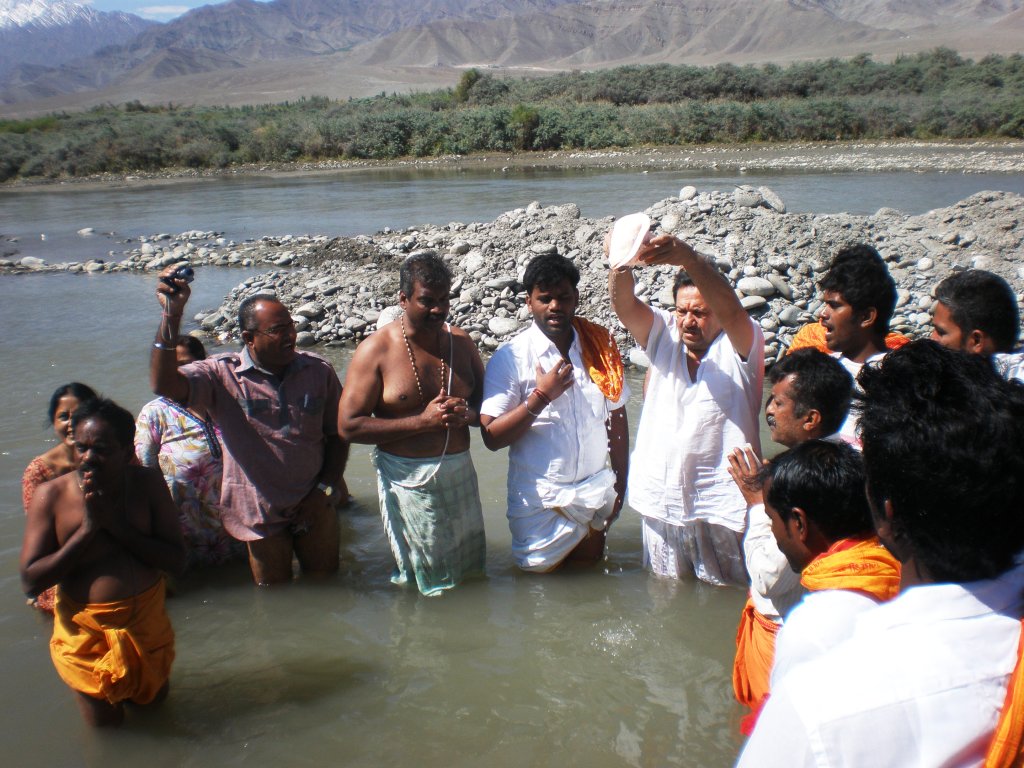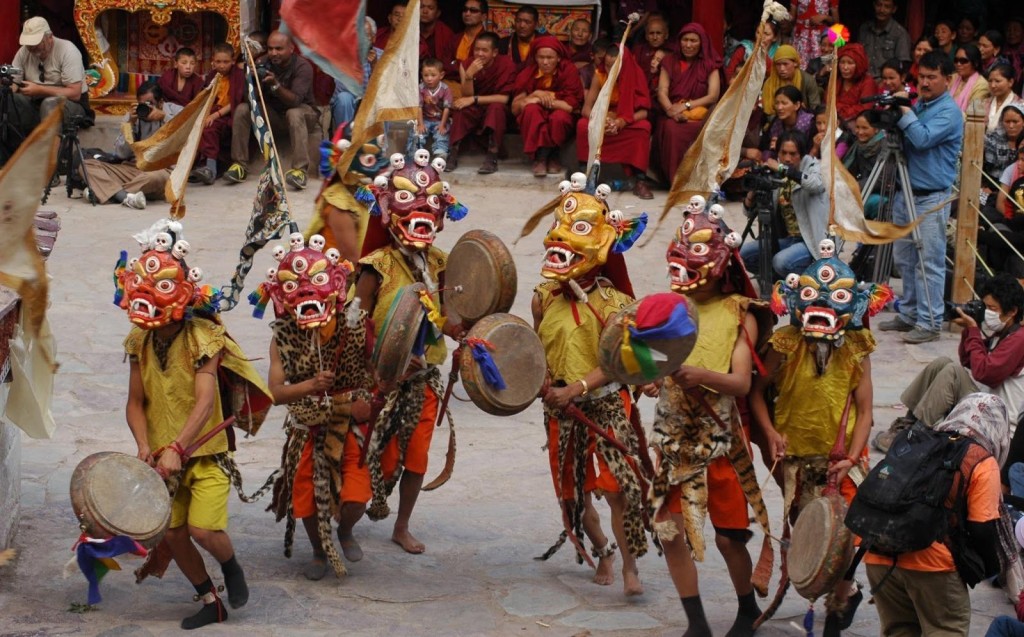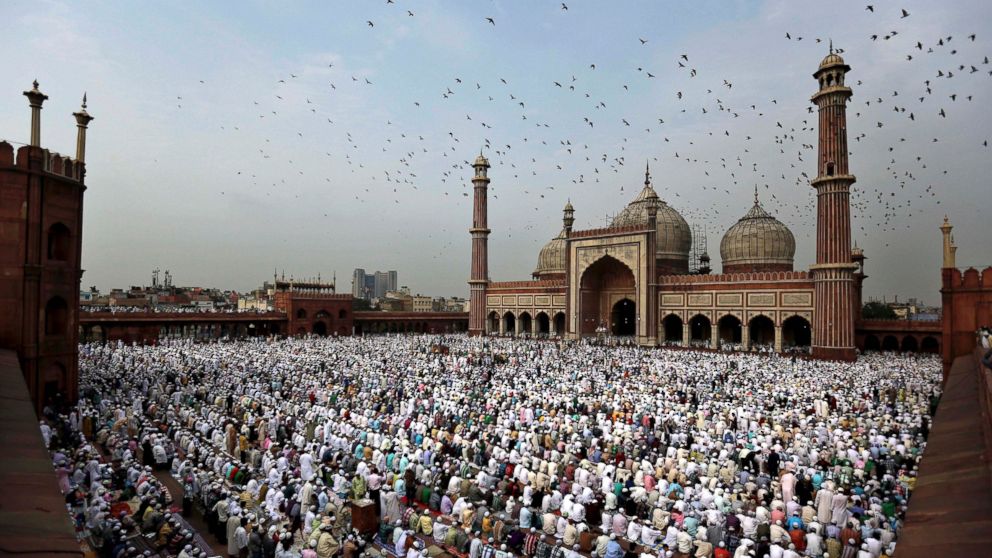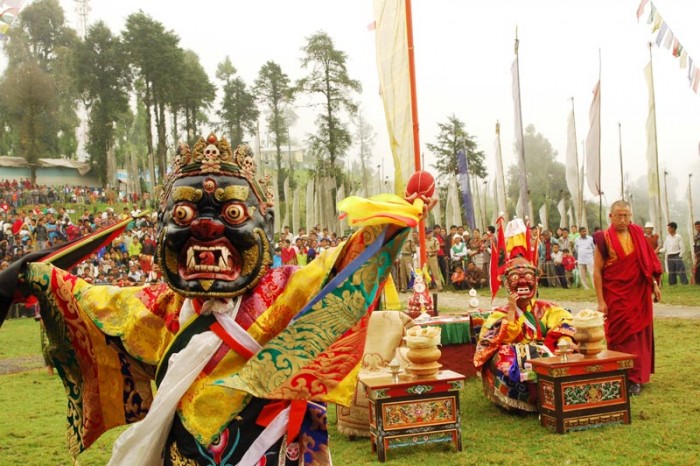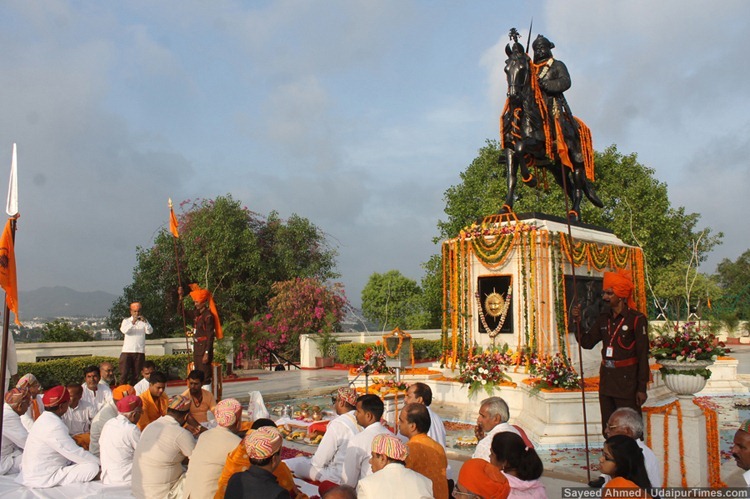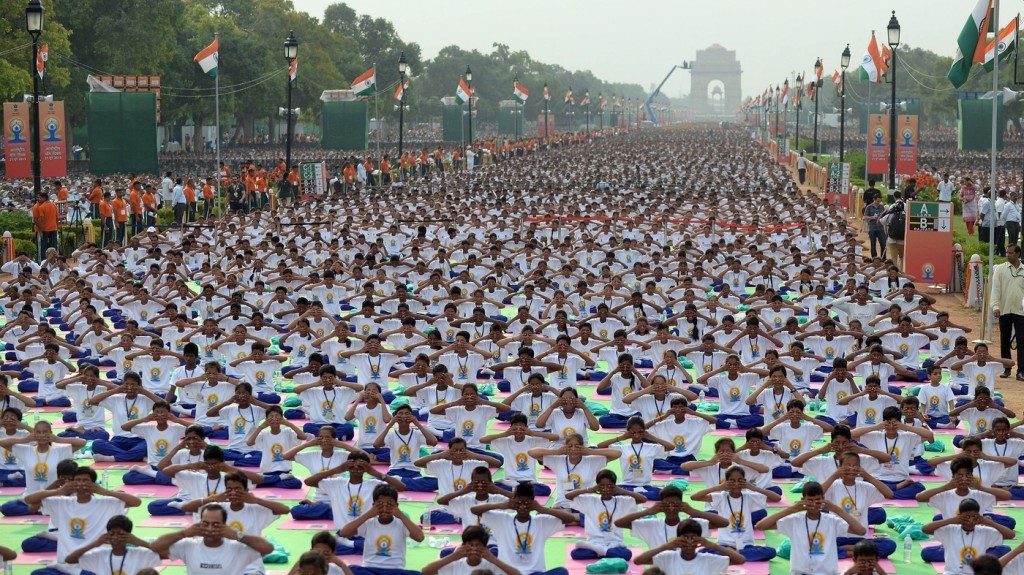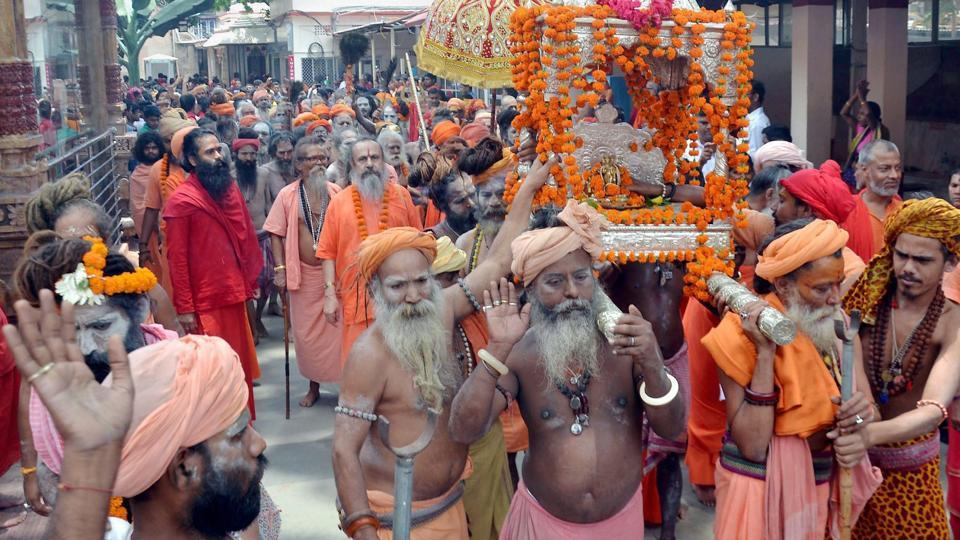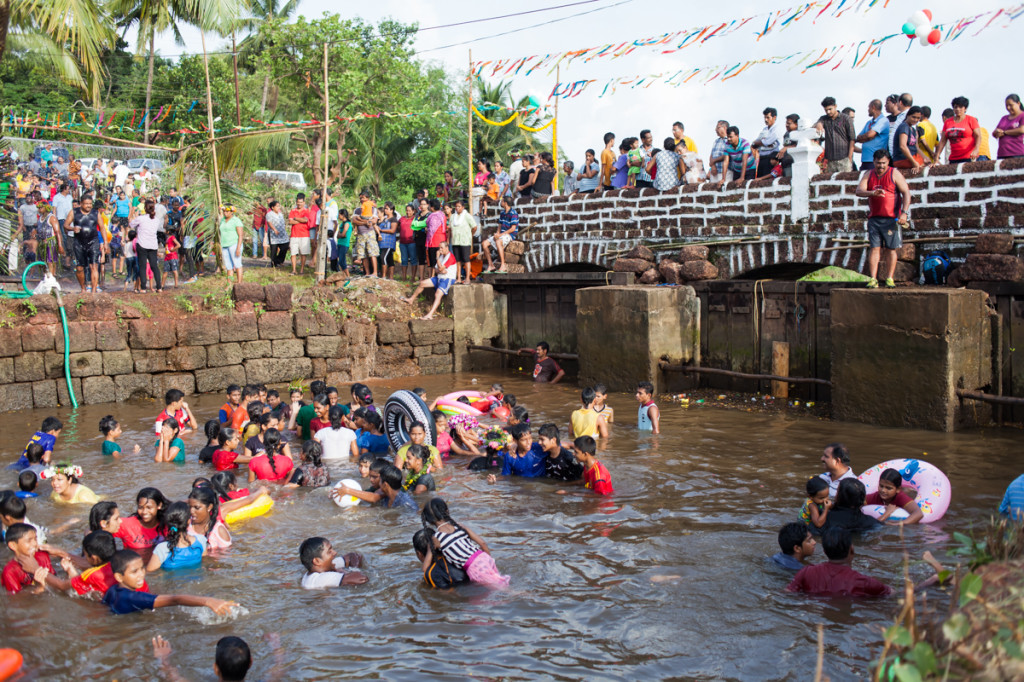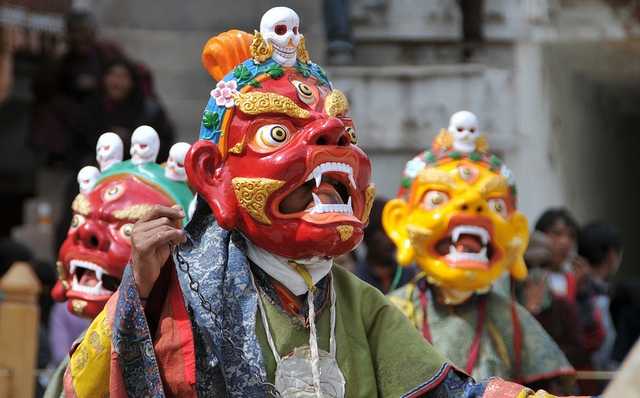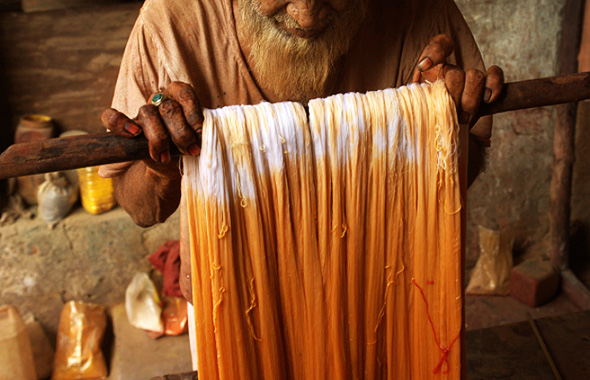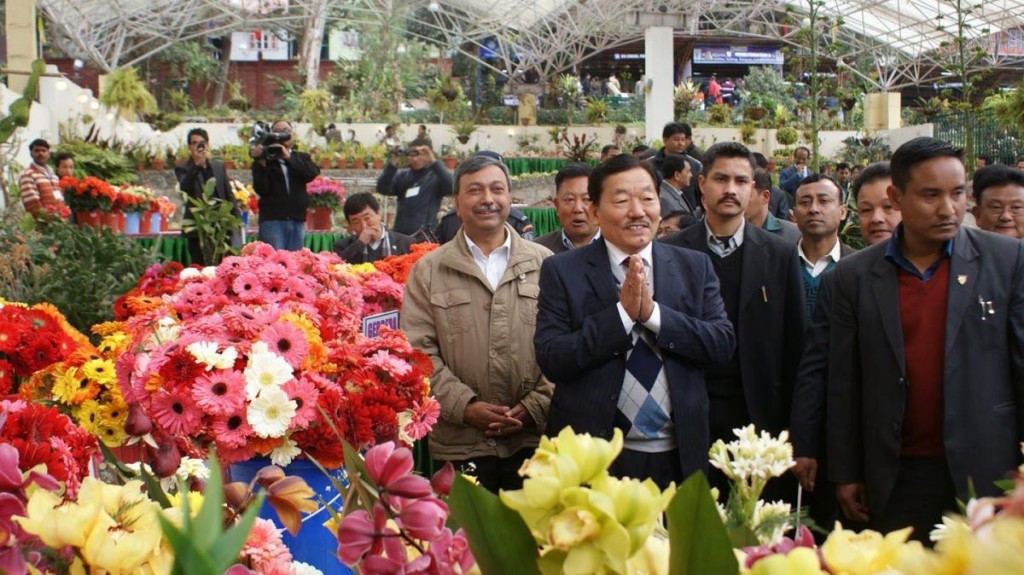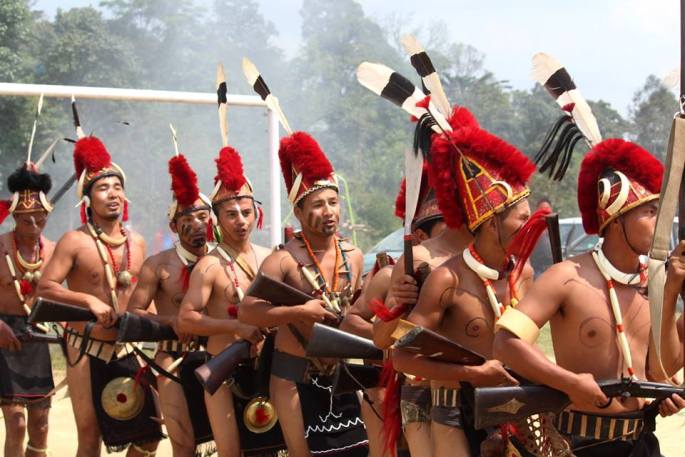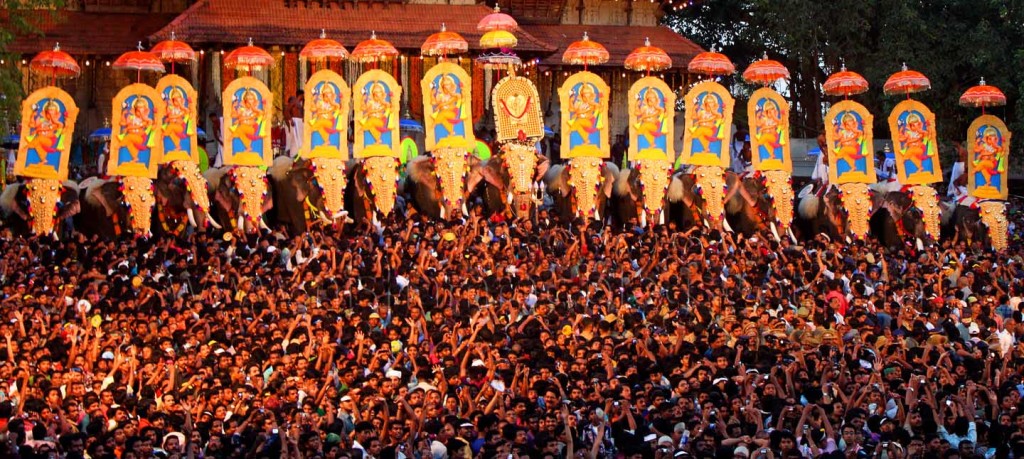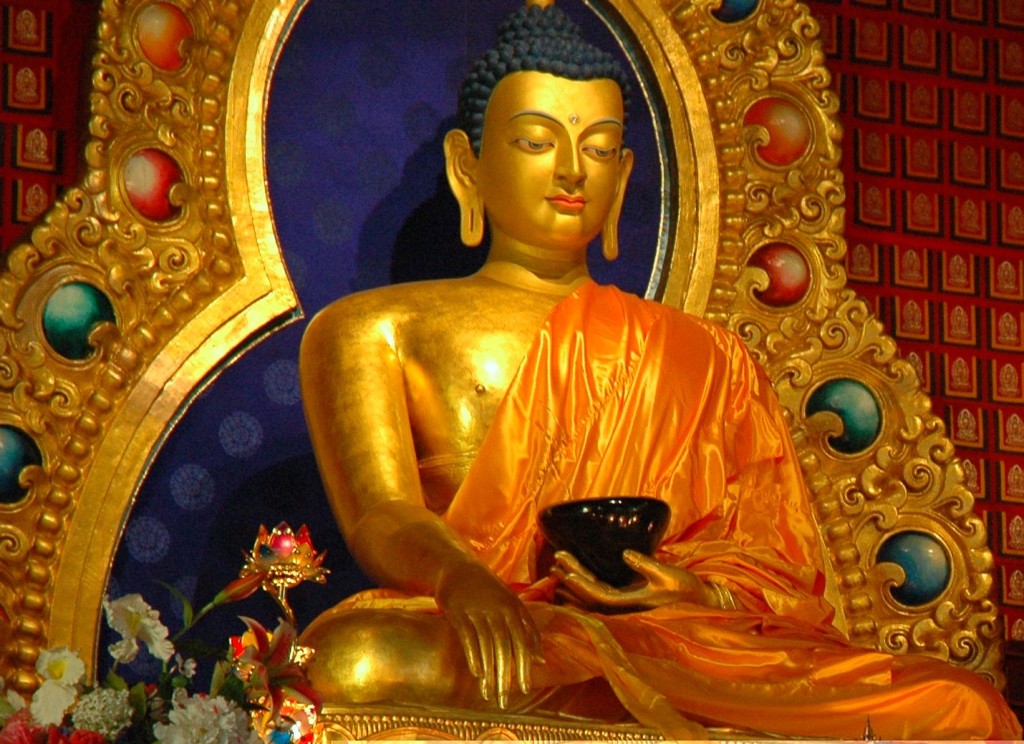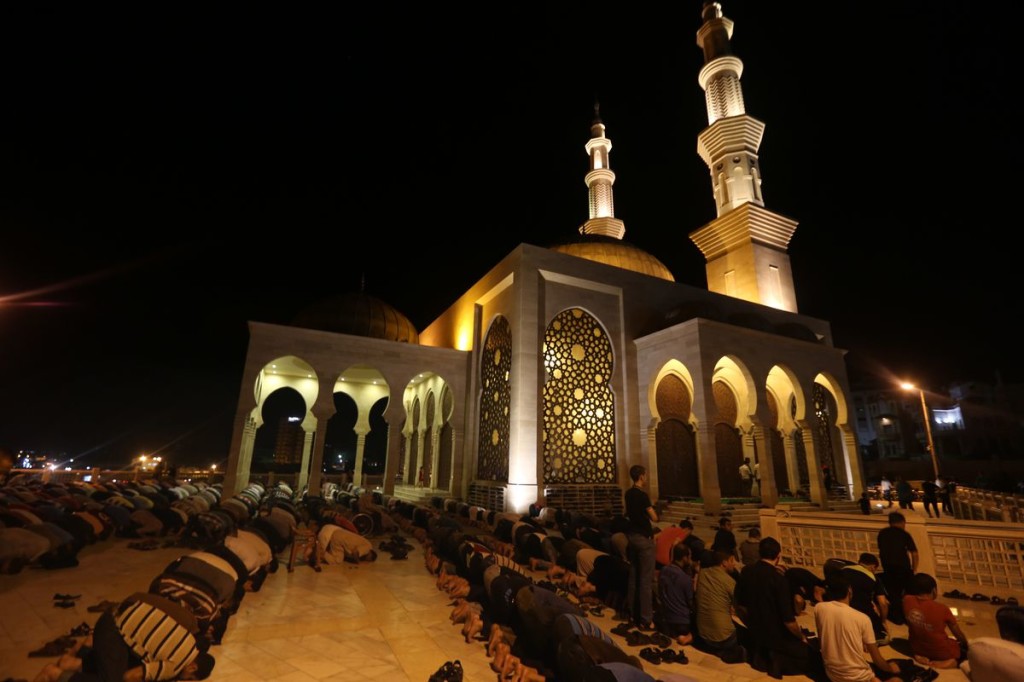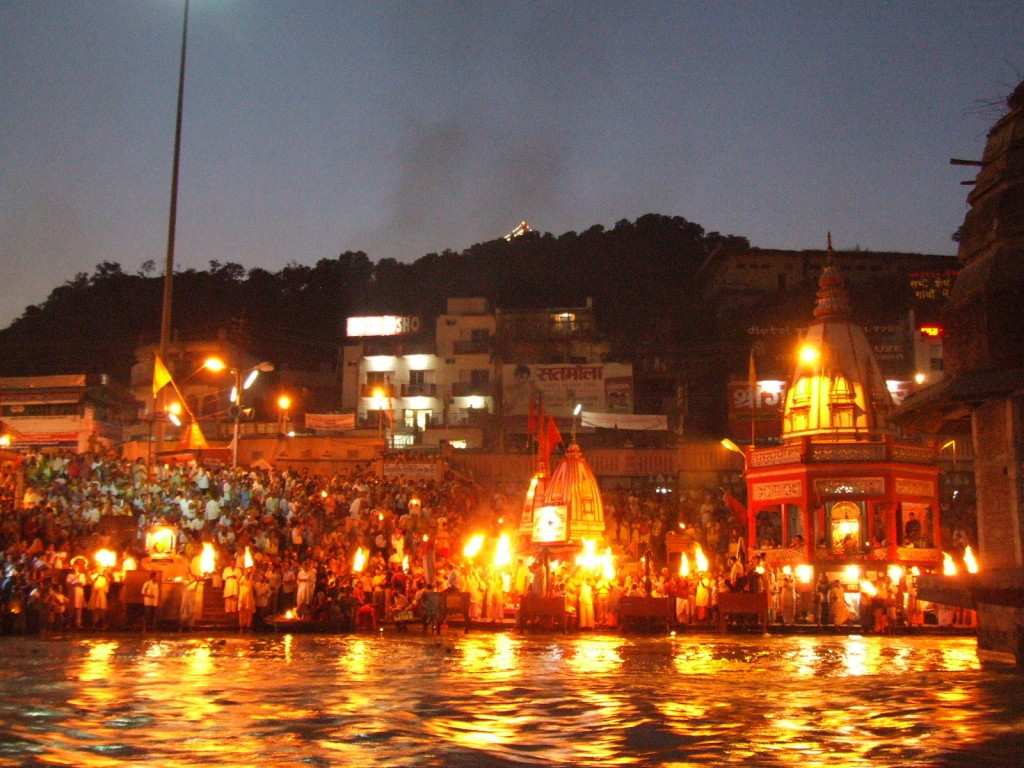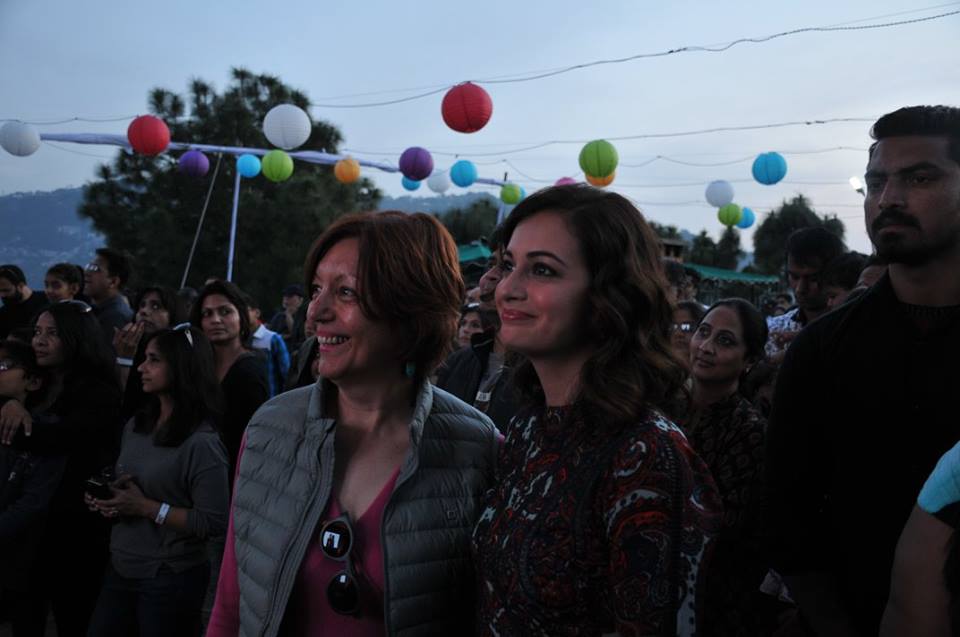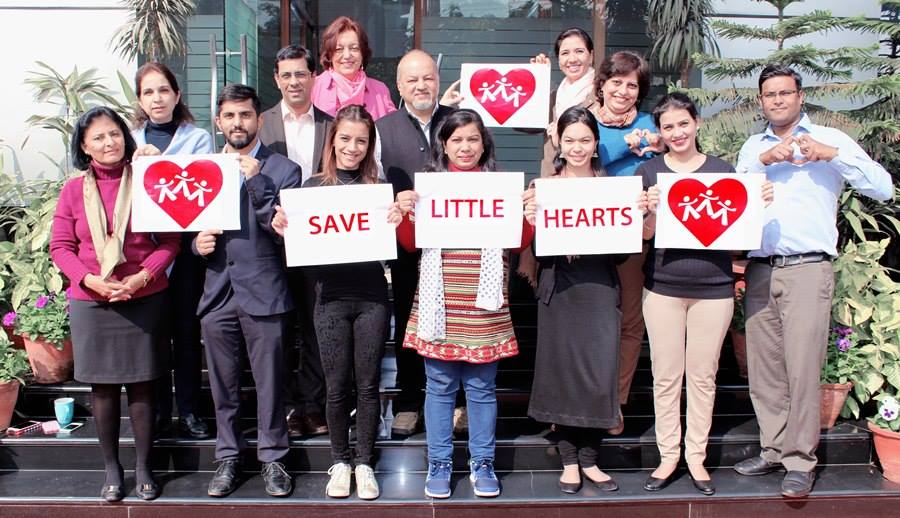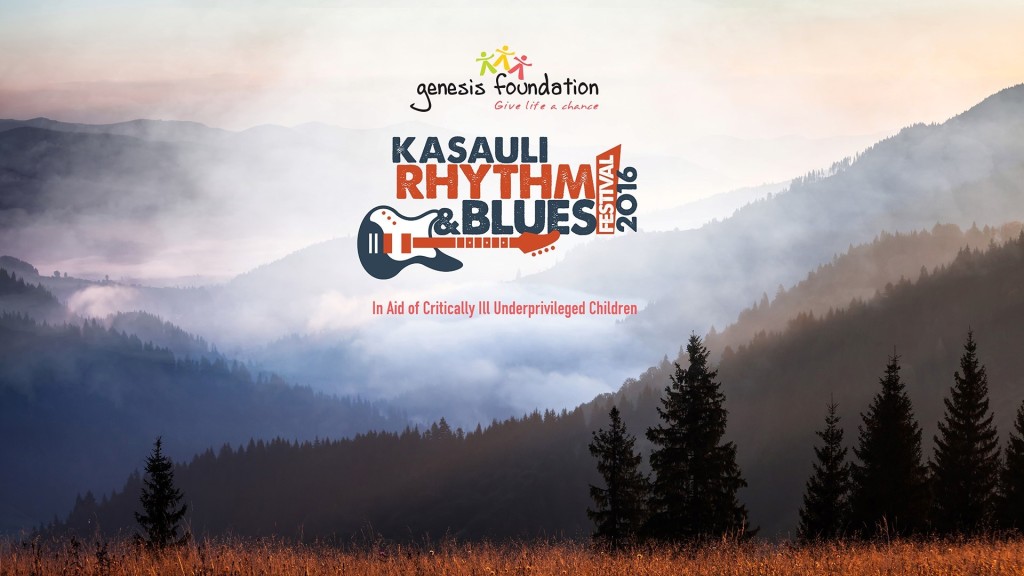“Literature, real literature, must not be gulped down like some potion which may be good for the heart or good for the brain — the brain, that stomach of the soul. Literature must be taken and broken to bits, pulled apart, squashed — then its lovely reek will be smelt in the hollow of the palm, it will be munched and rolled upon the tongue with relish; then, and only then, its rare flavor will be appreciated at its true worth and the broken and crushed parts will again come together in your mind and disclose the beauty of a unity to which you have contributed something of your own blood.”
― Vladimir Nabokov, Lectures on Russian Literaturec
 These words of Nabokov came uppermost into my mind after I had attended the Lit Fest at Ooty, when I began to ruminate over all that I had listened and absorbed in my two day feast at Ooty. Reading is a personal journey , and an intimate one at that. It was this intimacy that was perceived at the Ooty Lit Fest, the first of its kind at the historic heritage building, The Nilgiris District Library in Ooty. Says trustee Geetha Srinivasan, “ the Nilgiris library is an amalgamation of British architecture and traditional building methods. This is one of the largest Heritage reading rooms in the country with massive windows providing light throughout the day.” Sitting in the beautiful building with arched windows that dwarfed its occupants, it seemed the perfect setting for us to be in. Stating that Ooty was no longer the same “paradise that Lord Lytton saw and wrote about in the nineteenth century, the Nilgiris Library( one of the oldest heritage libraries in the country) is still one of the best preserved examples of Victorian architecture”. The motto of the library is Abeunt Studia (Mores), which roughly translated means ‘studies pass into habits’- in this day of computer usage, I couldn’t but agree with Geetha. But then, climatically Ooty provides the perfect excuse to sit by the fireside or curl up in bed with a book as the perfect companion!
These words of Nabokov came uppermost into my mind after I had attended the Lit Fest at Ooty, when I began to ruminate over all that I had listened and absorbed in my two day feast at Ooty. Reading is a personal journey , and an intimate one at that. It was this intimacy that was perceived at the Ooty Lit Fest, the first of its kind at the historic heritage building, The Nilgiris District Library in Ooty. Says trustee Geetha Srinivasan, “ the Nilgiris library is an amalgamation of British architecture and traditional building methods. This is one of the largest Heritage reading rooms in the country with massive windows providing light throughout the day.” Sitting in the beautiful building with arched windows that dwarfed its occupants, it seemed the perfect setting for us to be in. Stating that Ooty was no longer the same “paradise that Lord Lytton saw and wrote about in the nineteenth century, the Nilgiris Library( one of the oldest heritage libraries in the country) is still one of the best preserved examples of Victorian architecture”. The motto of the library is Abeunt Studia (Mores), which roughly translated means ‘studies pass into habits’- in this day of computer usage, I couldn’t but agree with Geetha. But then, climatically Ooty provides the perfect excuse to sit by the fireside or curl up in bed with a book as the perfect companion!
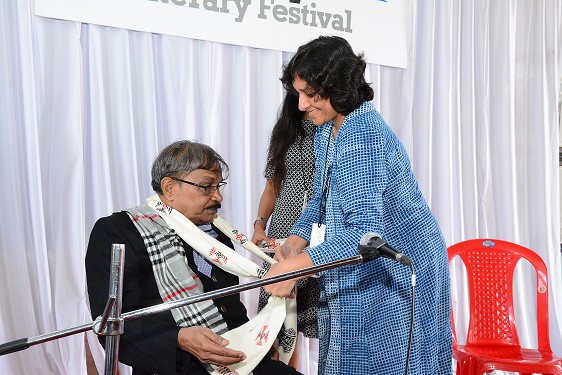 The Nilgiris region is proud of not only its abundance in terms of flora, but also in terms of its rich heritage and culture. The team spear-headed by Yash Muthanna flagged off the fest as she declared it open , but only after the audience had a taste of the music and dance of the Todas, dressed beautifully in embroidered costumes and locks of hair coiled to seem spring-like ! It was a moment which stayed on and their continued presence was felt even in the manner in which they had taken care to honour delegates with shawls embroidered by them. Why, every member of the audience also proudly wore a small badge that was hand embroidered- it was importance to little details like these that made the fest more intimate and charming. It also reiterated the statement made by one of the organizers- “ The Todas and the Kothas are the true hosts of the Nilgiris” !
The Nilgiris region is proud of not only its abundance in terms of flora, but also in terms of its rich heritage and culture. The team spear-headed by Yash Muthanna flagged off the fest as she declared it open , but only after the audience had a taste of the music and dance of the Todas, dressed beautifully in embroidered costumes and locks of hair coiled to seem spring-like ! It was a moment which stayed on and their continued presence was felt even in the manner in which they had taken care to honour delegates with shawls embroidered by them. Why, every member of the audience also proudly wore a small badge that was hand embroidered- it was importance to little details like these that made the fest more intimate and charming. It also reiterated the statement made by one of the organizers- “ The Todas and the Kothas are the true hosts of the Nilgiris” !
The two-day Lit Fest at Ooty, the first of its kind thus started off with six sessions on each day. Every session was made an interactive one, with the moderator of course using the discretion to allow the question being addressed mainly to keep track of time. Each of the moderators conducted the sessions with a sense of dignity and a keen interest in the subject.
In order to perhaps bring out a sense of uniformity , the organizers had placed plastic-moulded chairs to the panellists and audience alike. But, they soon realized the discomfort faced by some elderly panellists , and quickly set it right by giving them more comfortable wooden armchairs that must have been a tad too comfortable because the sessions got longer with the participation from enthusiastic audience as well. The fest was the first of its kind and the organizers were keen to improve at every step. Though time was not given primary importance, it must be admitted that it certainly was a very interesting and informative fest. The fest was also different in the manner in which the audience participated- intelligently and enthusiastically !
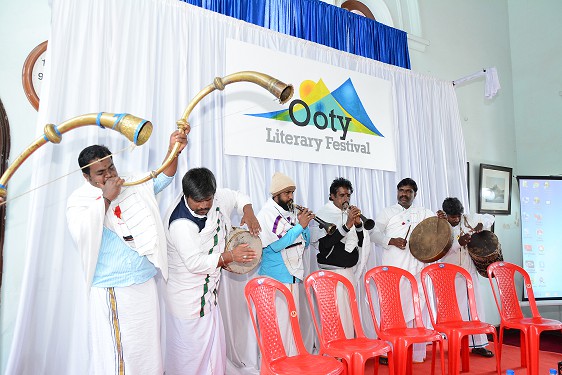 The first session ,Telling It Like It Is had C.V.Ranganathan moderating the panel consisting of good speakers- Mansoor Khan, Sheela Nambiar, Mark Tully and Theodore Bhaskaran. It had Mansoor Khan talking about growth, its excesses and the dangers of falling into the trap of seeking growth in an unorganic manner. While growth itself cannot be stopped, its excesses that he likened to “cancerous growth” can be halted, he opined. This finds resonance in the vernacular : Adhikum aayal, amritamum vesham ( Taken in excess, even nectar can be poisonous). Growth is the largest religion of this planet , and growth for the sake of growth is the ideology of a cancer cell, he said. SirMark Tully spoke about his journey along his career as a journalist and as writer, pointing out that ‘writing fiction was harder than writing facts’, stressing that facts cold be stated after collecting it from sources, but fiction had to be scanned in the mind even before one could progress into writing. Film Historian and Conservationist Theodore Bhaskaran extolled about writing on cinema- reviews as well as scripts for cinema. Dr. Sheela Nambiar spoke about the benefits of fitness and also drawing attention to the fact that several “fitness fads have come to exist that have come to confuse the mind of the people”. She urged on the need to follow fitness without succumbing to fancy myths, but discovering its purpose and thereby understanding that its advantages far outweigh its simple task of adhering to ‘routine’. The doctor of the future does not treat, but prescribes prevention, she advised. By adhering to a simple lifestyle and a little discipline, it can change the lifestyle she argued. The moderator was quick to remark that Sheela was someone people would certainly pay heed to, by taking note of how well she had paid attention to her own fitness- a point the audience immediately were ready to notice – “ Oh Doctor, do preach!”
The first session ,Telling It Like It Is had C.V.Ranganathan moderating the panel consisting of good speakers- Mansoor Khan, Sheela Nambiar, Mark Tully and Theodore Bhaskaran. It had Mansoor Khan talking about growth, its excesses and the dangers of falling into the trap of seeking growth in an unorganic manner. While growth itself cannot be stopped, its excesses that he likened to “cancerous growth” can be halted, he opined. This finds resonance in the vernacular : Adhikum aayal, amritamum vesham ( Taken in excess, even nectar can be poisonous). Growth is the largest religion of this planet , and growth for the sake of growth is the ideology of a cancer cell, he said. SirMark Tully spoke about his journey along his career as a journalist and as writer, pointing out that ‘writing fiction was harder than writing facts’, stressing that facts cold be stated after collecting it from sources, but fiction had to be scanned in the mind even before one could progress into writing. Film Historian and Conservationist Theodore Bhaskaran extolled about writing on cinema- reviews as well as scripts for cinema. Dr. Sheela Nambiar spoke about the benefits of fitness and also drawing attention to the fact that several “fitness fads have come to exist that have come to confuse the mind of the people”. She urged on the need to follow fitness without succumbing to fancy myths, but discovering its purpose and thereby understanding that its advantages far outweigh its simple task of adhering to ‘routine’. The doctor of the future does not treat, but prescribes prevention, she advised. By adhering to a simple lifestyle and a little discipline, it can change the lifestyle she argued. The moderator was quick to remark that Sheela was someone people would certainly pay heed to, by taking note of how well she had paid attention to her own fitness- a point the audience immediately were ready to notice – “ Oh Doctor, do preach!”
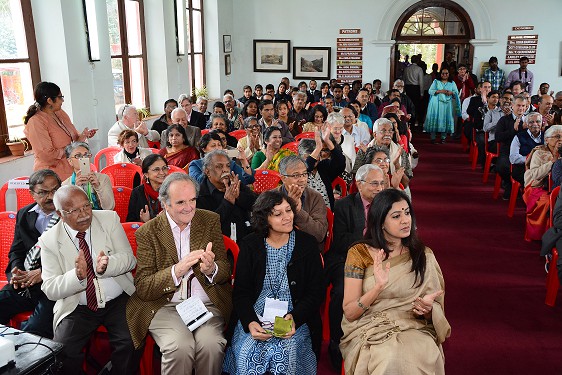 The second session was a brilliant session The Bhima of Malayalam Literature, M.T. Vasudevan Nair was presented by V.K. Karthika of Harper Collins, India. MT sat in the audience with most in the audience having only heard of him, not seen him- his simple unassuming manner touched the hearts of everyone in the audience. When there was no provision for the standing mike initially, he refused to ‘allow another person to hold the mike for him’. That spoke of his respect for human dignity, a fact that didn’t go unnoticed by anyone. When he spoke, however haltingly , he walked into the hearts of all- he spoke of his journey as a writer, how it was Providence that had chosen to lead him on, directing his every course. He very simply said that MT was no God, and he didn’t wish to be put on to a pedestal- he did not wish to be deified, a truth I found so becoming of a great man, especially in an age where most humans seek to be deified- it was a lesson in trying to be human in the only way we can. . The ability to accept criticism and be self-critical is the only way forward is a truism and this was reinforced as the way when the organizers conferred upon MT the honour of the Lifetime achievement award, which carries a cash award, citation and a memento.He spoke about the roles of a writer and a script writer for films- being a writer meant being a Raja and a Praja, he said.The characters in the films were made by him, and it was always a fine balance between what would work better for the film than the book. Karthika with her perfect understanding of the man and the subject handled the session so beautifully that it continued to stay on with me for a long time- there were no patronizing statements, no artificiality, just simple fresh honesty that was refreshing and so grand. MT also said that he had faith in the crop of new writers, and promised that writing would continue after MT too, when someone asked about ‘what after MT?’ For me, however the perfect moment was when MT said : “ Every writer must have the courage to reject his/her own work”. I couldn’t but agree with what MT had to say- in fact I wished at that moment that MT would make every artist/writer understand this simple truth that man is fallible- every concert or writing,or artwork need not turn out to be a masterpiece all the time ! This is also the reason why they get very defensive about their creations that they are not able to accept criticism or another viewpoint.About his works being translated he said, my translators do for the love of it, and I trust them.
The second session was a brilliant session The Bhima of Malayalam Literature, M.T. Vasudevan Nair was presented by V.K. Karthika of Harper Collins, India. MT sat in the audience with most in the audience having only heard of him, not seen him- his simple unassuming manner touched the hearts of everyone in the audience. When there was no provision for the standing mike initially, he refused to ‘allow another person to hold the mike for him’. That spoke of his respect for human dignity, a fact that didn’t go unnoticed by anyone. When he spoke, however haltingly , he walked into the hearts of all- he spoke of his journey as a writer, how it was Providence that had chosen to lead him on, directing his every course. He very simply said that MT was no God, and he didn’t wish to be put on to a pedestal- he did not wish to be deified, a truth I found so becoming of a great man, especially in an age where most humans seek to be deified- it was a lesson in trying to be human in the only way we can. . The ability to accept criticism and be self-critical is the only way forward is a truism and this was reinforced as the way when the organizers conferred upon MT the honour of the Lifetime achievement award, which carries a cash award, citation and a memento.He spoke about the roles of a writer and a script writer for films- being a writer meant being a Raja and a Praja, he said.The characters in the films were made by him, and it was always a fine balance between what would work better for the film than the book. Karthika with her perfect understanding of the man and the subject handled the session so beautifully that it continued to stay on with me for a long time- there were no patronizing statements, no artificiality, just simple fresh honesty that was refreshing and so grand. MT also said that he had faith in the crop of new writers, and promised that writing would continue after MT too, when someone asked about ‘what after MT?’ For me, however the perfect moment was when MT said : “ Every writer must have the courage to reject his/her own work”. I couldn’t but agree with what MT had to say- in fact I wished at that moment that MT would make every artist/writer understand this simple truth that man is fallible- every concert or writing,or artwork need not turn out to be a masterpiece all the time ! This is also the reason why they get very defensive about their creations that they are not able to accept criticism or another viewpoint.About his works being translated he said, my translators do for the love of it, and I trust them.
The third session, Working Your Way Through had Ambai( C.S. Lakshmi) and Vinod Bhaskar talking about their writing experiences and with Madhavi Ravindranath as the moderator. The magic was unleashed with quick wit from both panellists and was laced with information, way of life, and a good measure of humour . Ambai explored her views on love, relationship, feminism and being able to hold ahead and strongly in a society that was/is so patriarchal.
Arundathi Subramaniam moderated on the session that discussed the issues of translation ( The Wrong Side of The Carpet). Sajai Jose and Vijay Nambisan spoke about how important it was to translate, and how essential a part it played in carrying across the language and culture to distant lands, yet how they could also lose out on translation when some sayings made sense only in the vernacular, and how some could get lost in translations. Yet it was a feast for poetry lovers to have a fest of a goo poetry session complete with some beautiful reading.
Writing For The Add Generation had panellists Shobha Viswanath as moderator with writers Anushka Ravishankar and Kavery Nambisan speaking about the need to have good writers for children’s books.There was more poetry that followed with the next session titled Words That Make Music thathad meenakshi Venkatraman moderating , and poets Arundathi, Vijay Nambisan and Tanya Mendosa ha the audience inspired as they had a play of words an rhyme.
The second day had the publishers together – How To Get Published had publishers V.K. Karthika, Anushka Ravishankar and Shobha Viswanath on the panel moderated by Indu Mallah. They spoke about the difficulties on both sides- the writers as well as the publisher’s sides. Shobha spoke about the need to have good writers especially for children. The person who had my attention was V. K. Karthika who spoke about it clearly and with a clear understanding of both sides. She was very honest when she said it was hugely impossible for publishers to read every work that would reach their table. She went on to speak about different issues- discovering new writers, the commercial viability, the role of ‘celebrity writers’ and her varied experiences from a corporate point of view. She also went on to speak of the role played by agents of writers ,who would try to promote their clients into important fests- in their order of importance- the importance of being seen at all the ‘right’ places – and finally ,the problem of some good writers being overshadowed by celebrity writers, and the task of being unable to look into the works of every new writer. In the 400th year of Shakespeare, to me it seems so ironic when I recall what he wrote: “What’s in a name?” – Everything, don’t you agree?
The next session No Full-Stops For Mr.Tully was another personal favourite of mine. The synergy and the easy camaraderie that Gillian Wright and Mark Tully shared was again very special. She said she had shouted at him several times, but never once interviewed him . Though it was a first of sorts, it turned out to be an amazing session, as Gillian kept Mark on the track having followed his career for several years, prodding him and encouraging him to share stories that led to the birth of the many books that happened. So touching was it when Mark said: . “India still suffers from a colonial hangover” , he remarked , which instantly received approval from a majority in the audience. “Secularist fundamentalism is just as dangerous as communal fundamentalism, for anyone who speaks in favour of Hinduism cannot be branded as Hindutva by Secularists”, he opined. “There is something special for me in India”, he said , and it did come through in the free flowing conversation that happened between the two.
It was then time for Storytellers Anonymous with Sheela Nambiar moderating as story tellers- Kavery Nambisan, Sangeeta Shinde, Aroon Raman and Yasmeen Premji wove their tales of how they spun their tales, what inspired them and so on. One of them even remarked: She started out writing out of boredom first.
The following session had Ambai and Arundati Menon discussing about C.S. Lakshmi being not just a writer of merit, but also one who is the founder of one of the largest archives of women’s writings and creativity, and her organization called the Sparrow.
M.R. Srinivasan took Theodore Bhaskaran , Tarun Chhabra and Meenakshi Venkatraman through ecological concerns in the session titled The Green Writer. And finally, the session was wrapped with all the local writers, the Pride of the Nilgiris being toasted in a fitting finale , where Tarun Chhabra, who has committed himself to the cause of the Todas, writing in depth about their ways and culture,Sangeetha Shinde and Susan Daniel were presented by Aroon Raman. So culture keepers interspersed with story tellers.
The Ooty Fest thus came to a grand finish. Culture was woven with history and literature. Tradition was kept alive and inspiring, with local history woven into modern- the Todas were truly the hosts as the shawls woven by them were given as gifts to the speakers. In order that the audience need to carry not just an abstract memory of the fest , they were also given beautifully woven badges. For the first time, the audience merged with the speakers symbolically and literally- it could truly be stated that the Ooty Lit Fest was truly inclusive in every way. It was beautiful to watch handsome young men and women walking with trays holding the mementos out to the speakers. More than anything, the Fest was not filled with just people who wished to ‘be seen’, but rather with people who also wished to truly ‘participate.’ It was also a beautiful tapestry of local talents forming motifs on the literature map of the grand Ooty Lit Fest- certainly, an August Fest in September !
( A former lecturer of Political Science at Mount Carmel College,Bangalore , Chennai-based writer Hemalatha Ramani contributes to newspapers,magazines and blogs.She is the author of a travel book, Soulscapes:Travels and Conversations in India. She writes under the name of Hema Iyer Ramani. )
“Everybody does have a book in them, but in most cases that’s where it should stay.”
― Christopher Hitchens
